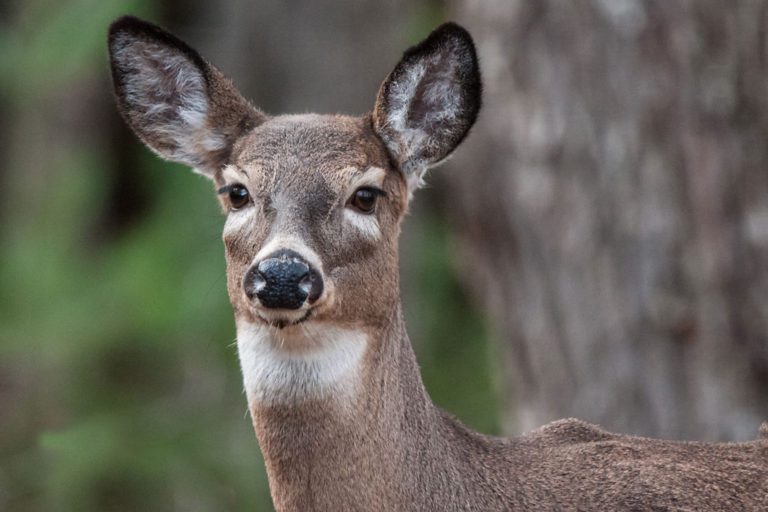
Jerry Corcoran
Resource Manager
In Illinois, deer management goals are to maintain a healthy and balanced deer herd that will exist indefinitely while providing recreational opportunities. These goals also take into account people’s broad range of values and concerns related to crop damage, vehicle accidents and damage to ecosystems.
Management of the deer herd in Illinois is the responsibility of the Division of Wildlife Resources within the Department of Natural Resources. The Division of Wildlife Resources provides leadership to restore, manage and protect deer and other wildlife populations and their habitats.
Deer can easily exceed their carrying capacity in Illinois. Carrying capacity is defined as the number of living organisms an area can support indefinitely without degrading the environment. Illinois’ relatively mild winters and abundant food sources available, particularly areas where deer have access to corn and soybeans lends to deer exceeding carrying capacity of an area.
In Illinois, there are no longer populations of large carnivores such as cougars or wolves to keep deer numbers in check. This is where the role of hunting becomes important to help keep deer from becoming overabundant.
Keeping deer numbers in check is important because too many deer in an area can cause numerous problems. In agricultural areas, deer can damage crops and orchards. In urban areas, they can quickly wipe out gardens or damage ornamental plants. Increased deer numbers means a greater probability for deer-vehicle accidents.
In natural areas, deer can change the structure of the local plant community. When deer become overabundant they overbrowse, which reduces the regeneration of trees and allows more sunlight to reach the forest floor, thus changing the plant species composition.
Research has shown that deer can cause a reduced diversity of plants, virtually eliminate forest understory, and reduce the reproductive potential of rare plants. This alteration of plant communities also encourages the growth of exotic species, such as garlic mustard, that outcompete other native plants such as trilliums, orchids, and ginseng.
These negative impacts on the vegetation eventually impact the deer themselves because there is no longer sufficient vegetation to provide them with enough food. The negative impacts on plants also negatively impact other species of wildlife that depend on them for food, cover, and nesting sites. In other words, the ecosystem begins to drastically decline, ultimately affecting species diversity.
Finally, a consequence of overabundant deer is disease transmission. Some diseases are spread from deer to deer by direct contact or at contaminated feeding sites. See last months article on CWD for more information.